The All-New Subaru Impreza Still Isn't WRX-Style Exciting But It Could Save Your Life
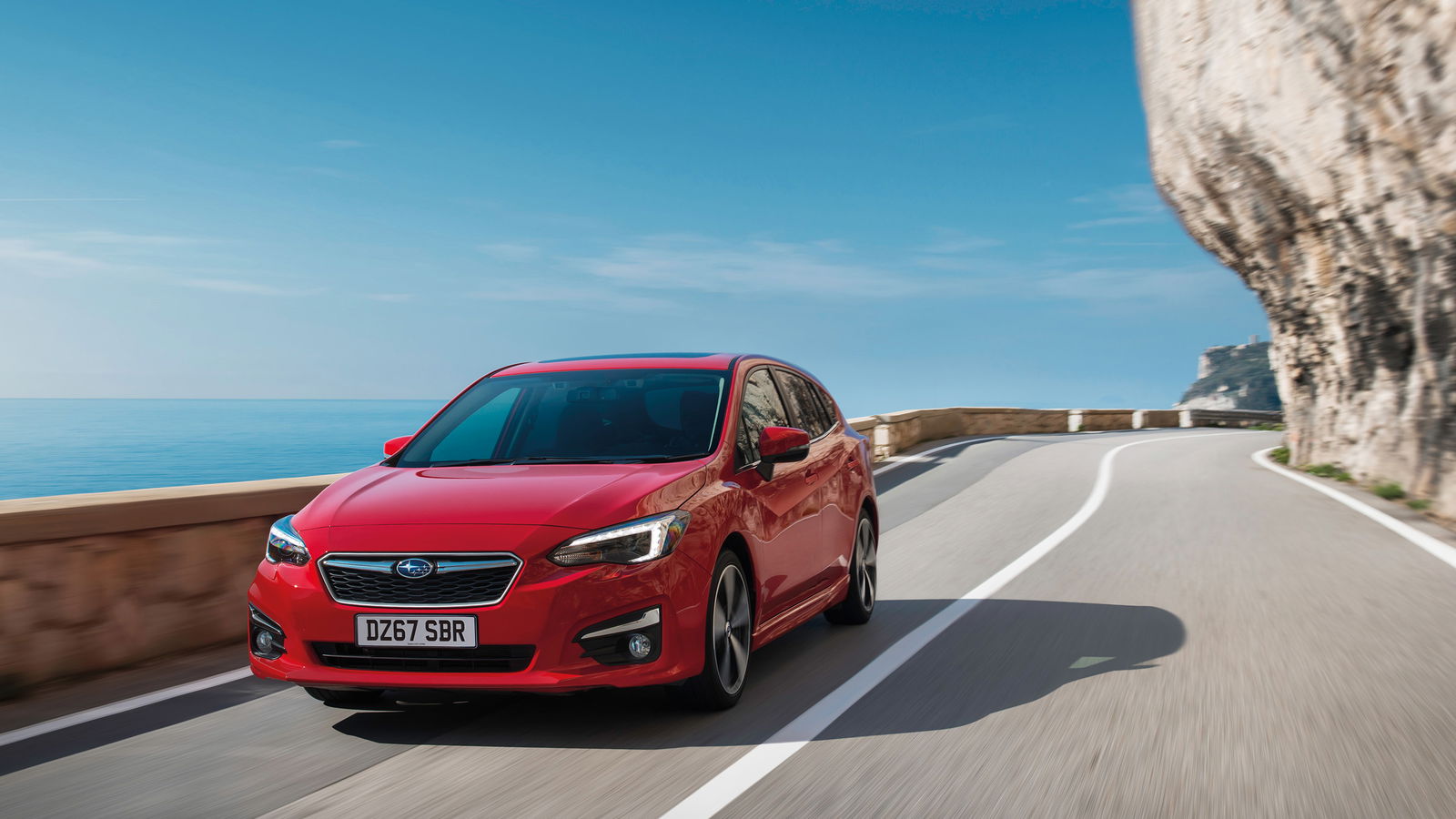
This is the all-new Subaru Impreza hatchback, and safety is the buzzword. Permanent all-wheel drive remains a brand signature on the car, which uses a totally new platform, and it gets Subaru’s clever EyeSight driver aids as standard, too.
Long gone are the days when we could tell you about the latest exciting rally-bred upgrades to make it to the Impreza, but this one addresses some of the outgoing car’s weak spots – and there were plenty.
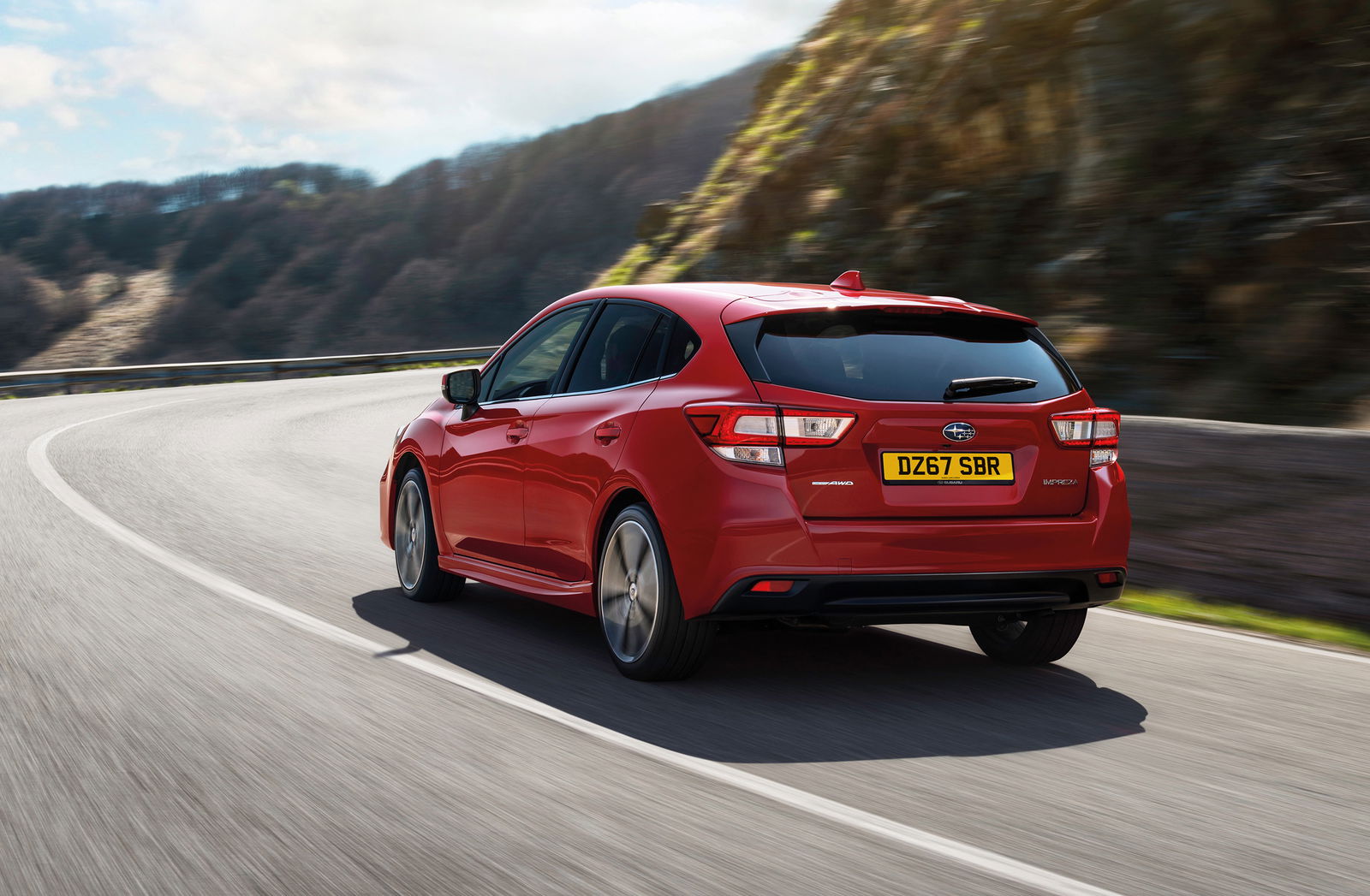
Built on a new, modular platform called Subaru Global Platform (SGP), the Impreza takes a familiar shape in more ways than one. It’s built to look like a sharper, tauter, more capable version of the last car, which looked a bit lacklustre on its too-small wheels and under-styled body. This is a definite improvement.
It’s 10mm lower, 35mm wider and the wheelbase has stretched by 25mm. The passenger space is as much as 34mm wider, with 26mm more legroom for rear passengers. There’s a 390-litre boot, up 10 litres, and it’s more practical thanks to a 100mm wider aperture.
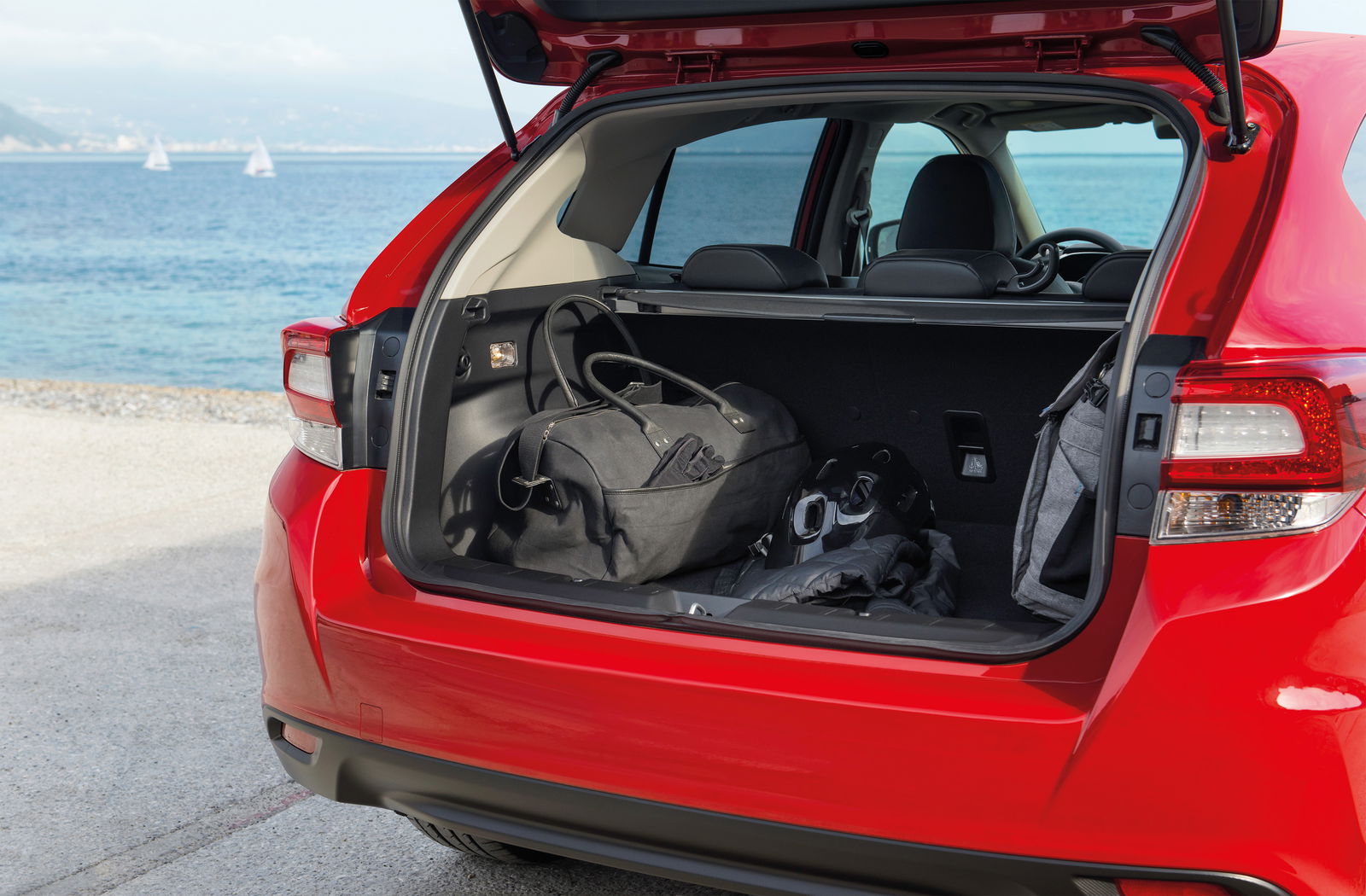
There’s no change to Subaru’s key identity, with nothing but Boxer engines and permanent all-wheel drive planned for the car. To give the fundamentals better back-up, though, the SGP chassis is much stiffer, from the front and rear subframes to the central torsional resistance. Subaru says the new Impreza steers more accurately than before, which is no bad thing.
Developments of the normally-aspirated 1.6- and 2.0-litre FB-series engines will be all we get for now, but they have seen 14kg and 12kg weight reductions, plus boosted compression ratios and improved fuel economy. The 1.6 will be the launch engine, with 112bhp and 111lb ft of torque. The larger unit will follow, with 154bhp and 145lb ft to back it up. Both blocks are now stiffer, too, with vibrations reduced across the board.
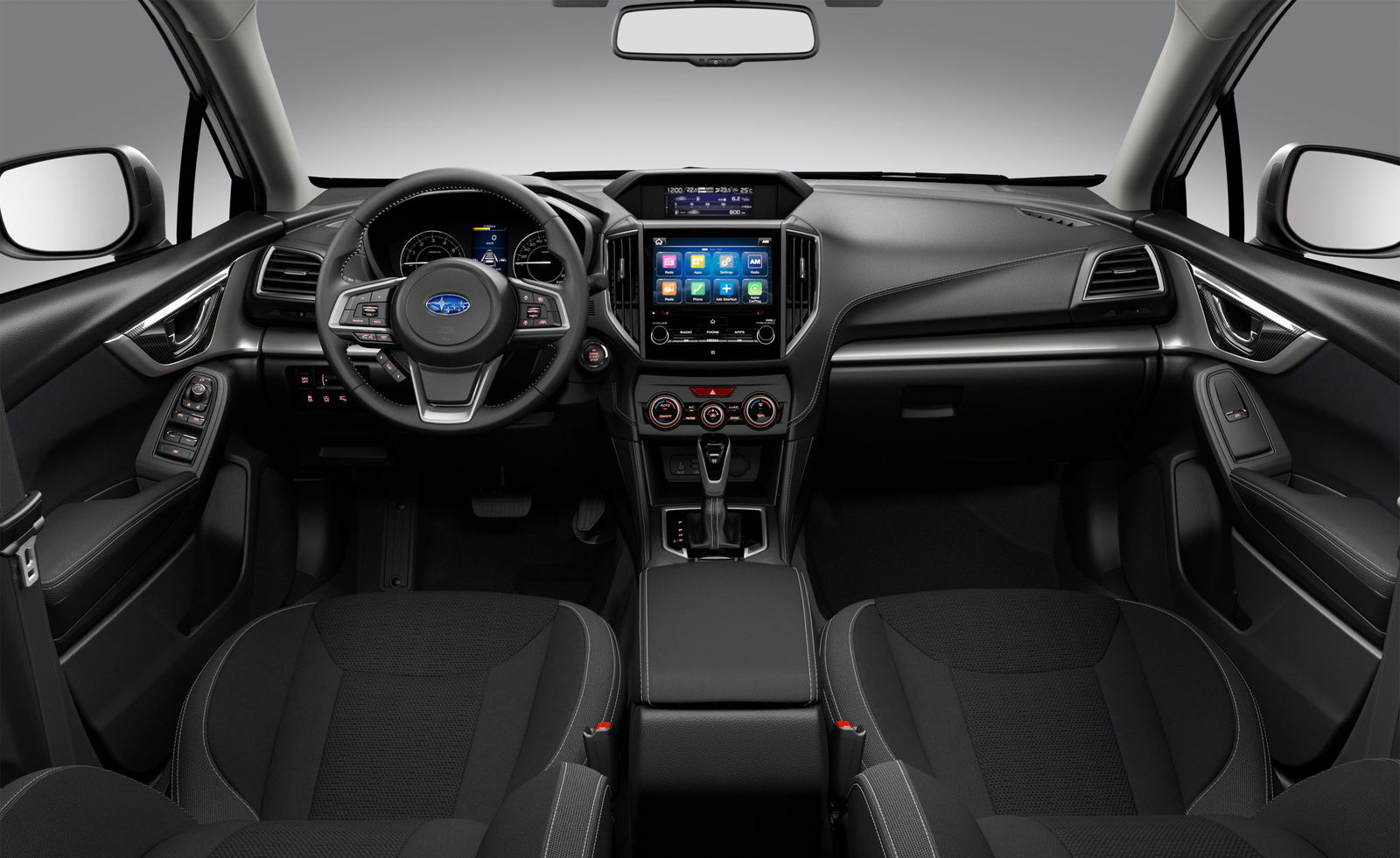
The ride quality will be firm but comfortable, its makers say, with stiffer suspension mounts that allow the springs and dampers to do more of the work they were designed for. With this stiffer body, though, comes increased crash energy absorption. Some 40 per cent more collision force is soaked up by the new shell versus the old one.
EyeSight would like to stop that becoming necessary, though. Unlike most driver assistance systems it uses two cameras positioned apart, like eyes, that capture 3D images of the scene ahead and is better able to determine when the driver – or the computer – needs to take action. A study of Japanese Subarus found that EyeSight-equipped cars were involved in 61 per cent fewer accidents than equivalent cars without the system.
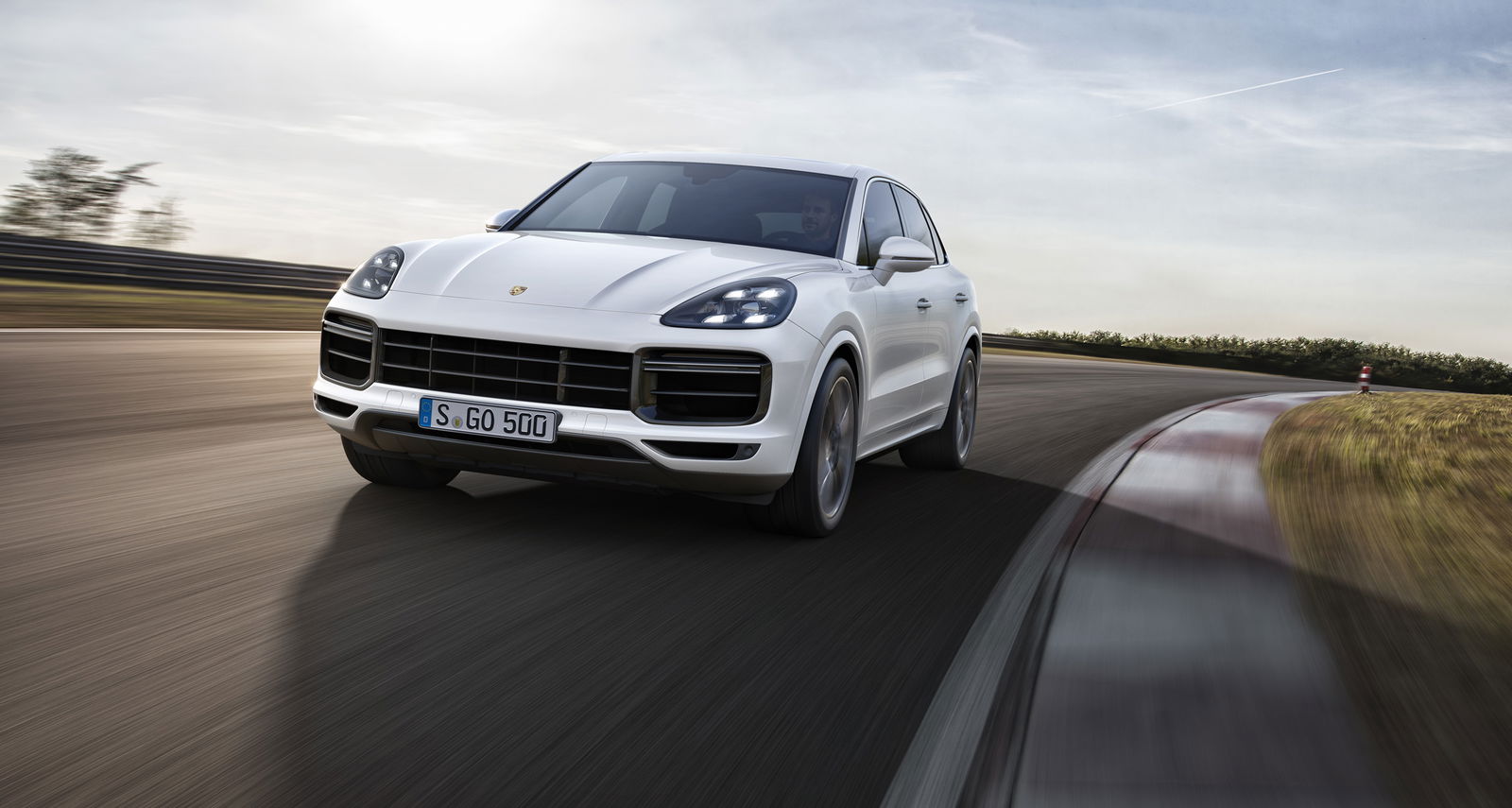
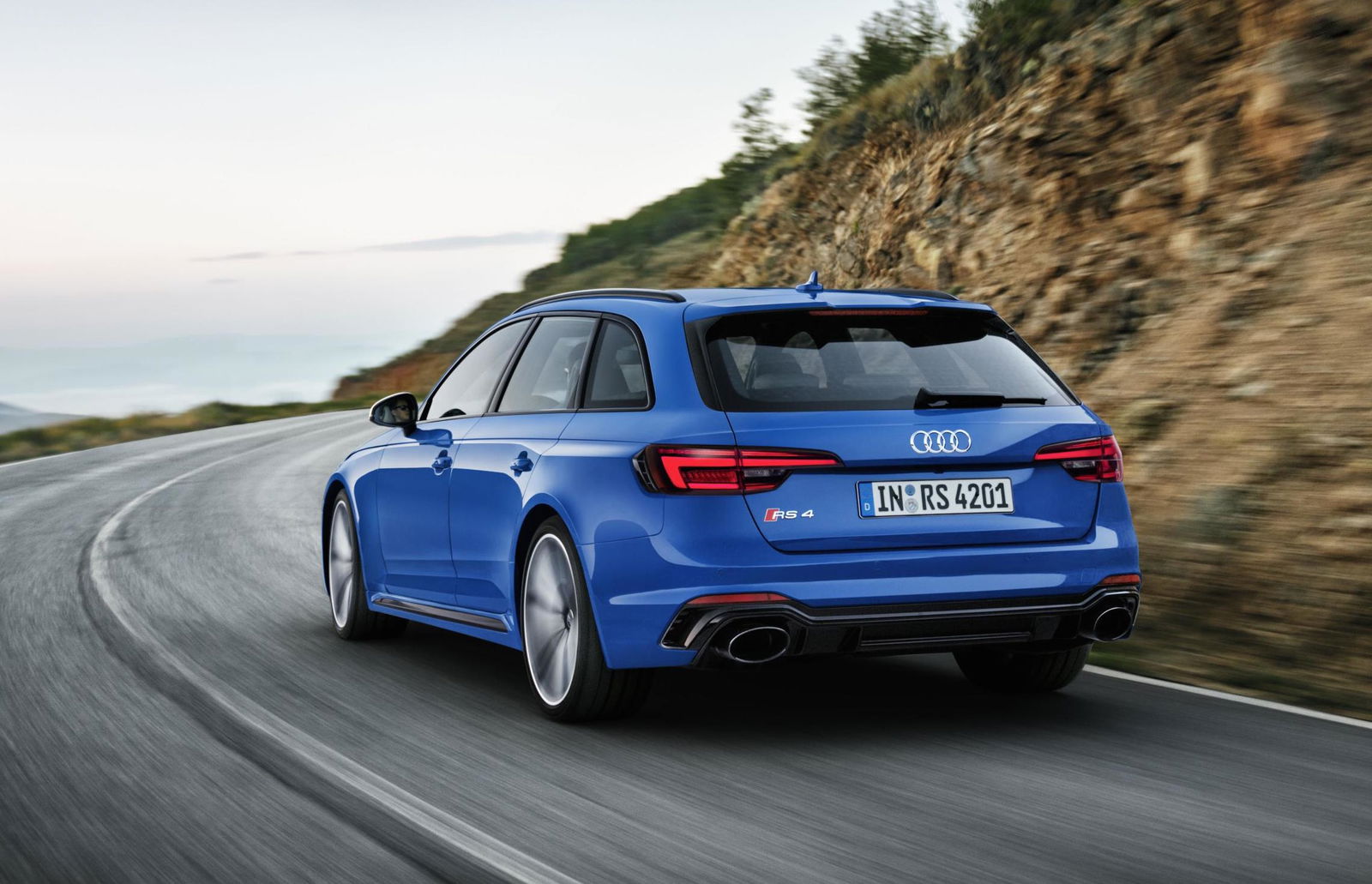
Comments
“The 1.6 will be the launch engine, with 112bhp…”
Jesus, that’s going to be slow as hell.
Pagination